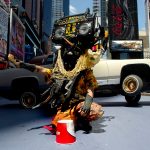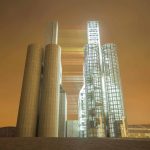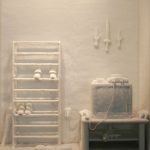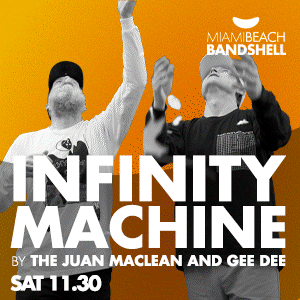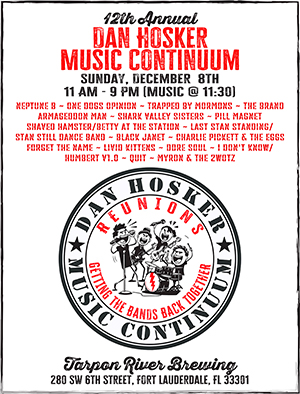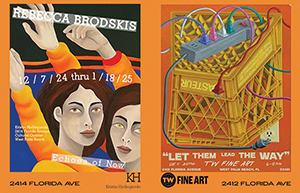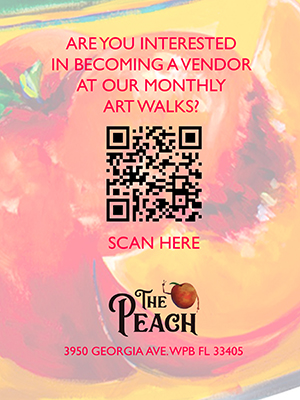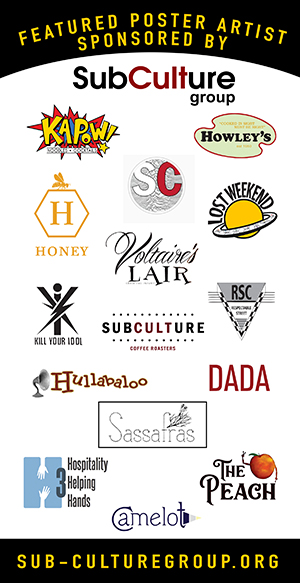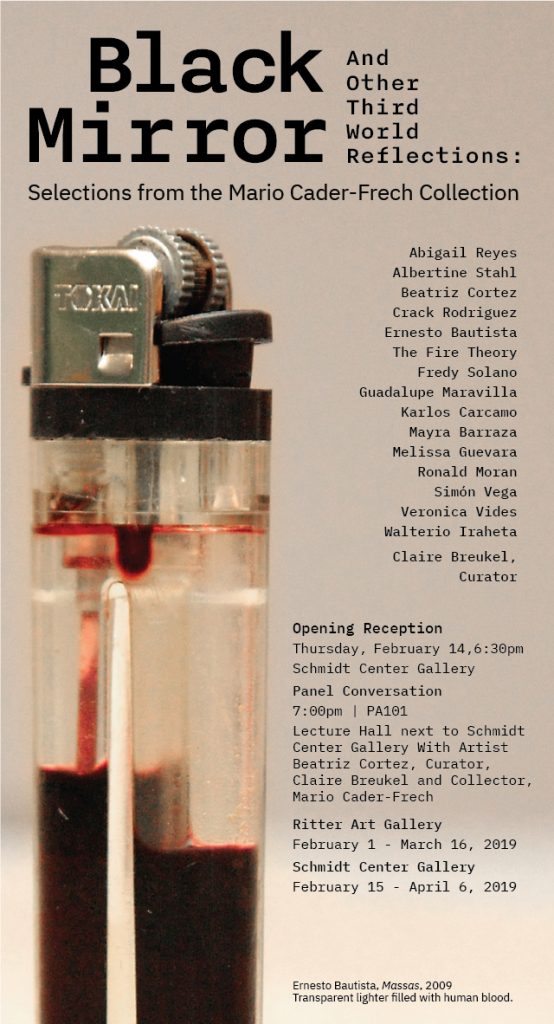 In “Black Mirror,” the Netflix series, we see technology reflecting our darker selves. In “Black Mirror and Other Third World Reflections,” a new exhibition at Florida Atlantic University in Boca Raton, the framework is war — a generational, 12-year civil conflict in El Salvador that killed 75,000 people and displaced more than one million. The fighting ended in 1992 but as exhibition curator Claire Breukel tells PureHoney, for Salvadoran artists, whether they left or stayed, “the impact of war is still felt.”
In “Black Mirror,” the Netflix series, we see technology reflecting our darker selves. In “Black Mirror and Other Third World Reflections,” a new exhibition at Florida Atlantic University in Boca Raton, the framework is war — a generational, 12-year civil conflict in El Salvador that killed 75,000 people and displaced more than one million. The fighting ended in 1992 but as exhibition curator Claire Breukel tells PureHoney, for Salvadoran artists, whether they left or stayed, “the impact of war is still felt.”
The postwar artists of “Black Mirror” use multiple media to reflect on immigration and social and political disparities, and offer alternative readings — not all of them dark — on the status quo, pop culture, architecture and the human experience. In an email Q&A (edited and condensed), Breukel discusses the creativity that flowered even in a climate of protracted political violence and through “a vast and far reaching diaspora within the USA.”
How have you found, if at all, that Salvadoran artists differ from those who have also endured war in what would be typically considered “Third World” countries?
What seems to be unique to El Salvador’s civil war is both its immense duration as well as the problematic involvement of the USA and then USSR funding oppositional forces. That said, I am no expert on the war, but I can share that everybody I have met in and from El Salvador has in some way been impacted.
Today, El Salvador’s landscape is also (stereotypically) associated with gang violence, migration and a trade alliance with the USA that is lop-sided. It is also however home to vibrant culture and dramatic natural landscape. Artists working now reflect all of these themes, and are interested in exploring their lives in post-postwar contemporary El Salvador or, for those living in the diaspora, forging a new relationship with El Salvador.
Is there a stark difference between the artwork being made pre-war and post-war?
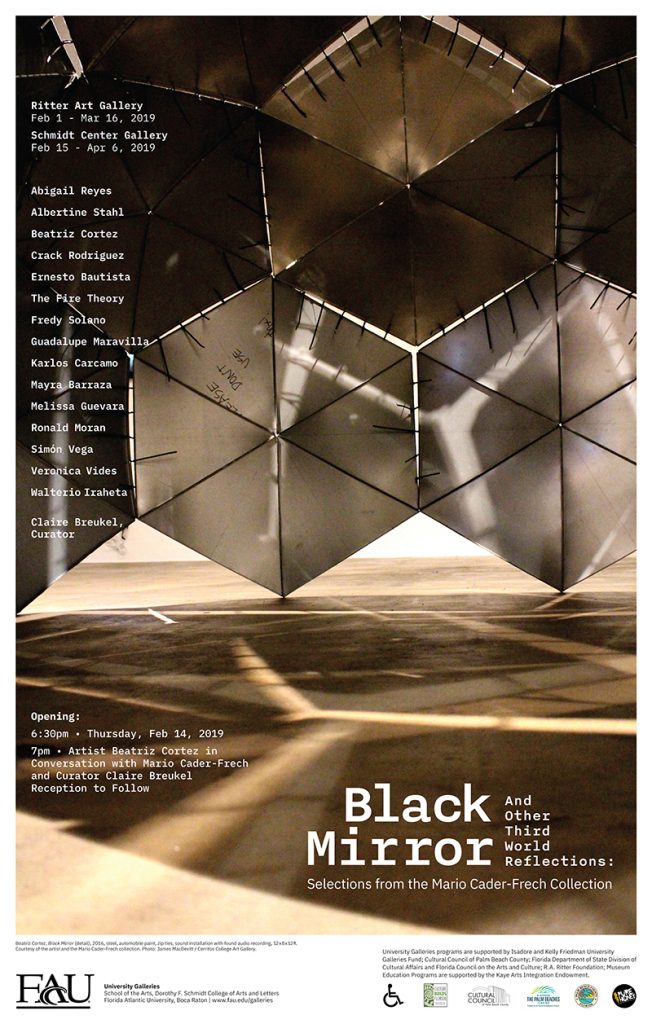 During the war there were two prevalent thematic streams of art making: Those that explored the devastation of war showing its perils, and those who chose to paint pastoral scenes, still lives and other pleasantries in order to provide an escape to the devastation that surrounded them.
During the war there were two prevalent thematic streams of art making: Those that explored the devastation of war showing its perils, and those who chose to paint pastoral scenes, still lives and other pleasantries in order to provide an escape to the devastation that surrounded them.
Post-war there was a perceptible break from these approaches. Artists began working in diverse media also including installation, video, and more. Thematically, more than just a shift in taste, there was a change in psychology which reflected the need to express multiple realities and approaches to dealing with the sociopolitical condition postwar and defining the “new” postwar present. This break can be seen in the work of Ronald Moran, Walterio Iraheta, Mayra Barraza and Simón Vega, among many others. Post-War, artist collectives such as Adobe and Hetero formed and sparked active dialogue around redefining the contemporary condition, and in doing so, initiated experimental projects and programs.
Today, with more than twenty five years distance from the war, the impact of war is still felt, yet the creative approach to topics has diversified, and there are so many more contemporary artists actively working within the country, and within the diaspora.
“Black Mirror,” the television show, is about technology’s effect on modern life. How does this exhibit use that premise to reflect “Third World” ideologies in contrast to “First World”?
There is nothing more contrasting than “First World technological aspirations and the reality of living in the ‘Third World.’ ” In this show we re-appropriate the term “Third World” to acknowledge the socioeconomic disparity that does still exist between these communities. We also invite a renegotiation of what “Third World” means positively.
This concept is best encapsulated in the work of Simón Vega who, in many of his works, remakes to-scale space crafts in the NASA and Soviet Union space programs using found objects, tropical plants, sound recordings, drawings and more, collected from the local and urban environment. These symbols of the space conquest are transformed into outlandish, satirical sculptures that are ironically ephemeral and also functionless. Yet they are in and of themselves fantastic in “tropical” character.
Do South Florida’s ties to Latin America give this exhibit more resonance?
FAU has an incredibly diverse student body, many of whom are immigrants from Central and Latin America, and many from El Salvador. I know this exhibition will connect with many of their experiences, and will hopefully spark much-needed dialogue.
“Black Mirror and Other Third World Reflections” is on view Feb. 1-Mar. 16 at Ritter Art Gallery and Feb. 15-Apr. 6 at Schmidt Center Gallery in Boca Raton. Admission is FREE. fau.edu/artsandletters/galleries/exhibitions/blackmirror2019/ ~ Tim Moffatt

